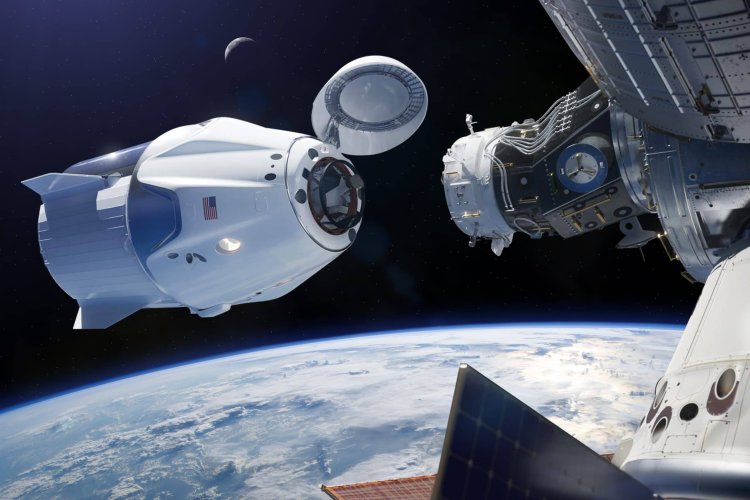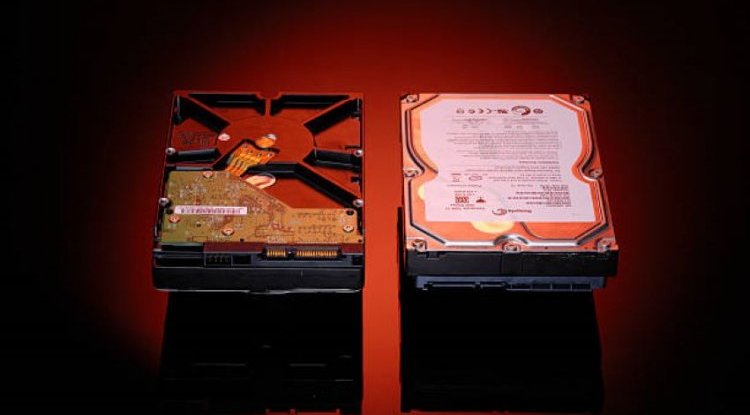SpaceX stops producing passenger capsules

In total, only four reusable Crew Dragon spacecraft capsules, intended for launch with the Falcon 9 rocket, will remain in use, and all future efforts will be directed towards the new spacecraft.
SpaceX CEO Gwynne Shotwell told Reuters this week that their company had suspended further production of Crew Dragon space travel capsules. With these capsules, we recall that after the Space Shuttle era, the first American astronauts were launched into space from American soil. They flew to the International Space Station, but the same capsule model was used and will be again, for civilian space tourist flights.
All tickets to Starship
Musk's space company has been investing heavily in the Starship project for some time, multi-usable rockets that have the potential to serve as orbital spacecraft, but also those that will take humans to the moon and Mars. The decision to stop the production of Crew Dragon capsules, launched by Falcon 9, is important insofar as it signals that SpaceX will turn even more to the development of Starship as their main and only spacecraft to transport people.
The future of SpaceX depends on Starship and its success, not just theirs. Namely, NASA hired SpaceX to make special versions of this rocket for them, which would be used to land people on the moon as part of the Artemis project. It is logical, therefore, that resources will turn to the further development of a new and advanced rocket, which will be able to replace, with its capabilities, the Falcon 9, Falcon Heavy, and Crew Dragon capsules.
As for Crew Dragon, the existing four capsules will remain in use, the last of which is currently being assembled. SpaceX will continue to produce spare parts for them, as they will need to be refurbished from time to time. In case there is a need in the future, the company will have the opportunity to make additional capsules - but for now, that is not the case. The main client for the transport of astronauts with this capsule remains NASA, which plans to use it on the Earth-ISS route in the foreseeable future.





























